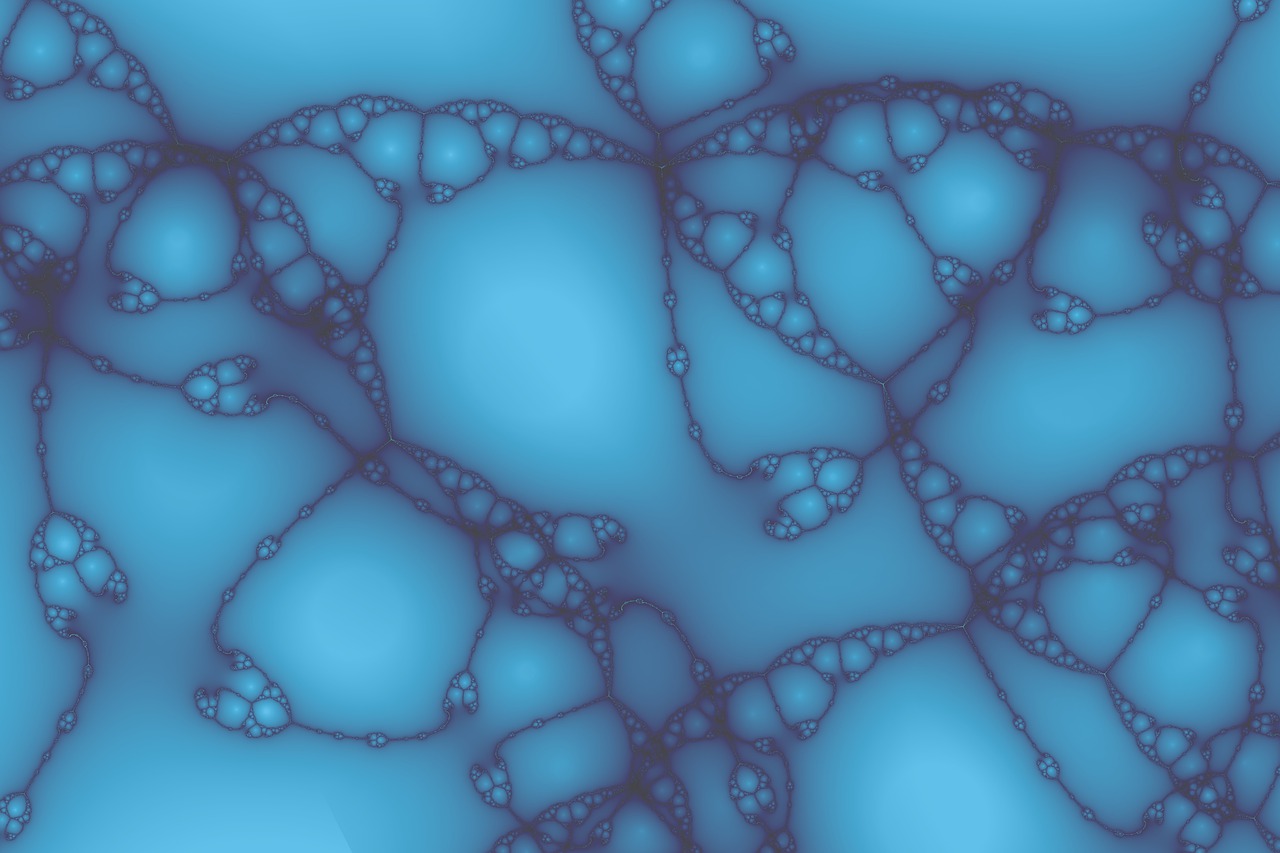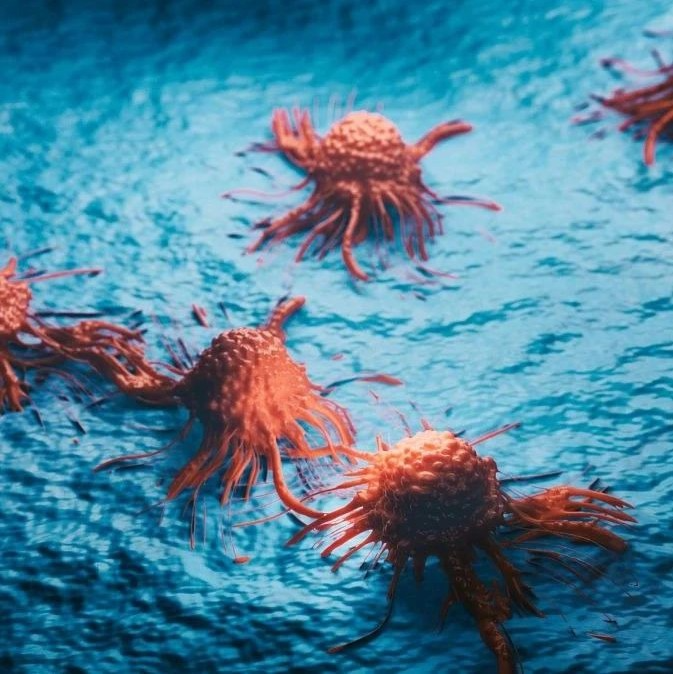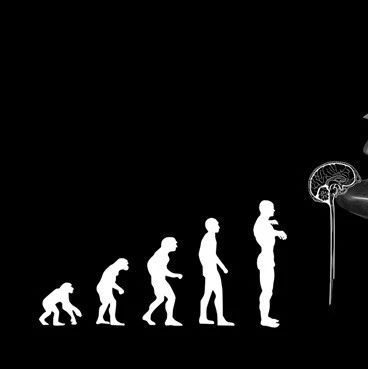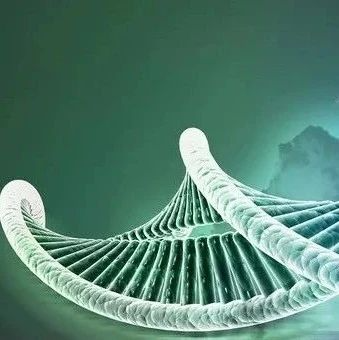根据最新一期Cell Transplantation上的一篇文章,香港大学和麻省理工学院的科学家成功地开发了一种在移植过程中保持干细胞“年轻”的方法,该方法主要是通过减缓干细胞的生长,分化和增殖。
干细胞的成功保存和培植给神经系统组织工程提出了新的挑战,研究人员表示,这就需要创建合适的环境以调节细胞活性从而延缓细胞增殖和成熟。纳米架(Nanoscaffolds)在器官再生中具有重要的作用,因为它们被作为模板,引导细胞增殖,分化和组织再生,它同样能够保护这些脆弱的干细胞免受移植环境的影响。
Ellis-Behnke博士介绍说,纳米技术的进步开辟了组织和器官再生“新时代”。开发大小合适的纳米架,对于这方面的研究是非常有意的。在这项研究中,科研人员设计了一个“自我组装的纳米纤维架”( SAPNS),这是纳米技术的一个应用,主要用于移植“年轻”的干细胞。
纳米区域的精确控制将增加细胞定位和治疗药物传递的准确性,这主要通过细胞的包装和植入实现。
研究小组设计的纳米架为细胞黏附和转移提供了支架,影响了移植细胞的生存率。该支架减缓了干细胞的生长率和分化率,使细胞能够有时间适应新的环境。
当干细胞被置于活体生物中,免疫系统试着攻击细胞时,这种延缓是很重要的。研究人员解释说。
通过调节细胞密度和SAPNS聚集浓度,研究人员能够控制纳米环境。此外,他们还将这种方法扩展到活体生物中,把干细胞植入到大脑和脊髓中。
原始出处:
Cell Transplantation, Volume 18, Number 9, 2009 , pp. 1047-1058(12)
Forever Young: How to Control the Elongation, Differentiation, and Proliferation of Cells Using Nanotechnology
Ellis-Behnke, R. G.1; Liang, Y. X.; Guo, J.; Tay, D. K. C.; Schneider, G. E.; Teather, L. A.; Wu, W.; So, K. F.
Within the emerging field of stem cells there is a need for an environment that can regulate cell activity, to slow down differentiation or proliferation, in vitro or in vivo while remaining invisible to the immune system. By creating a nanoenvironment surrounding PC12 cells, Schwann cells, and neural precursor cells (NPCs), we were able to control the proliferation, elongation, differentiation, and maturation in vitro. We extended the method, using self-assembling nanofiber scaffold (SAPNS), to living animals with implants in the brain and spinal cord. Here we show that when cells are placed in a defined system we can delay their proliferation, differentiation, and maturation depending on the density of the cell population, density of the matrix, and the local environment. A combination of SAPNS and young cells can be implanted into the central nervous system (CNS), eliminating the need for immunosuppressants.
1: Department of Anatomy, The University of Hong Kong Li Ka Shing Faculty of Medicine, Pokfulam, Hong Kong SAR, China; State Key Lab for Brain " Cognitive Sciences, The University of Hong Kong Li Ka Shing Faculty of Medicine, Pokfulam, Hong Kong SAR, China; Research Centre of Heart, Brain, Hormone and Healthy Aging, The University of Hong Kong Li Ka Shing Faculty of Medicine, Pokfulam, Hong Kong SAR, China; Department of Brain and Cognitive Sciences, Massachusetts Institute of Technology, Cambridge, MA, USA.







